All products featured are independently chosen by us. However, SoundGuys may receive a commission on orders placed through its retail links. See our ethics statement.
What makes a good set of in-ears?
September 18, 2024
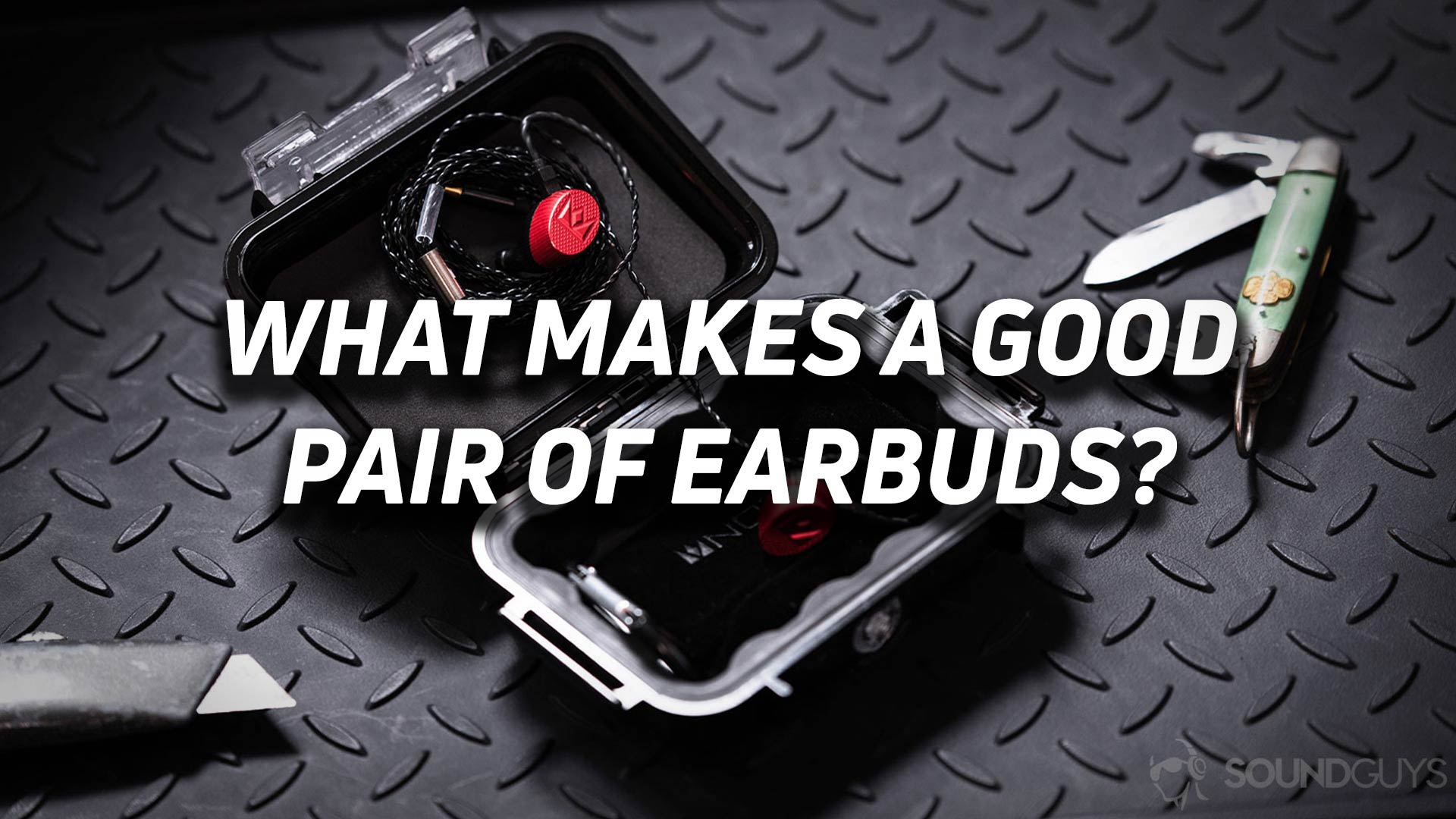
If you’re in the market for earbuds, it’s worth knowing exactly what you’re getting into before you take the plunge. What’s good? What should you avoid? How do you know? Let us pour enough knowledge into your head to get you ready to make the best purchase possible.
What type of in-ears do you want?
With the advent of true wireless earbuds, in-ears have gotten much more popular over the years, even overtaking over-ear headphones. That’s a pretty dramatic shift, and due in no small part to the AirPods Pro. But if you’re willing to buck conventional wisdom, there’s a whole world of in-ears out there for you to explore.
Before going any further, you need to identify:
- How are you going to be using these earphones? Do you need them to be water resistant, or not?
- Where are you going to be using these earphones? Do you need ANC or not?
- Why are you going to be using earphones? Is it for critical listening, outdoors activity, or commuting?
These will help you build a list of necessary attributes for your earphones to have. For example, if you’re going to be using these on a bike or running, you might want water-resistant open earbuds instead of ANC earbuds. Remember, your activities will dictate what your needs are, and not the other way around.
But one universal constant remains true for all in-ears: if they don’t fit you, they’re not good for you.
Most people should get sealed true wireless earbuds
For anyone commuting, listening in mixed environments, chasing better audio quality, or even just don’t know where their lives are going to take them day-to-day: sealed earbuds are the most likely to suit your needs in any given situation. This is because this design not only fits the best, but also has the greatest likelihood of performing well both in sound quality and noise canceling. These in-ears typically include their own charging case, charging cable, and a handful of ear tips. Standalone battery life averages somewhere between 4-6 hours, while the case provides an additional one or more charge cycles.
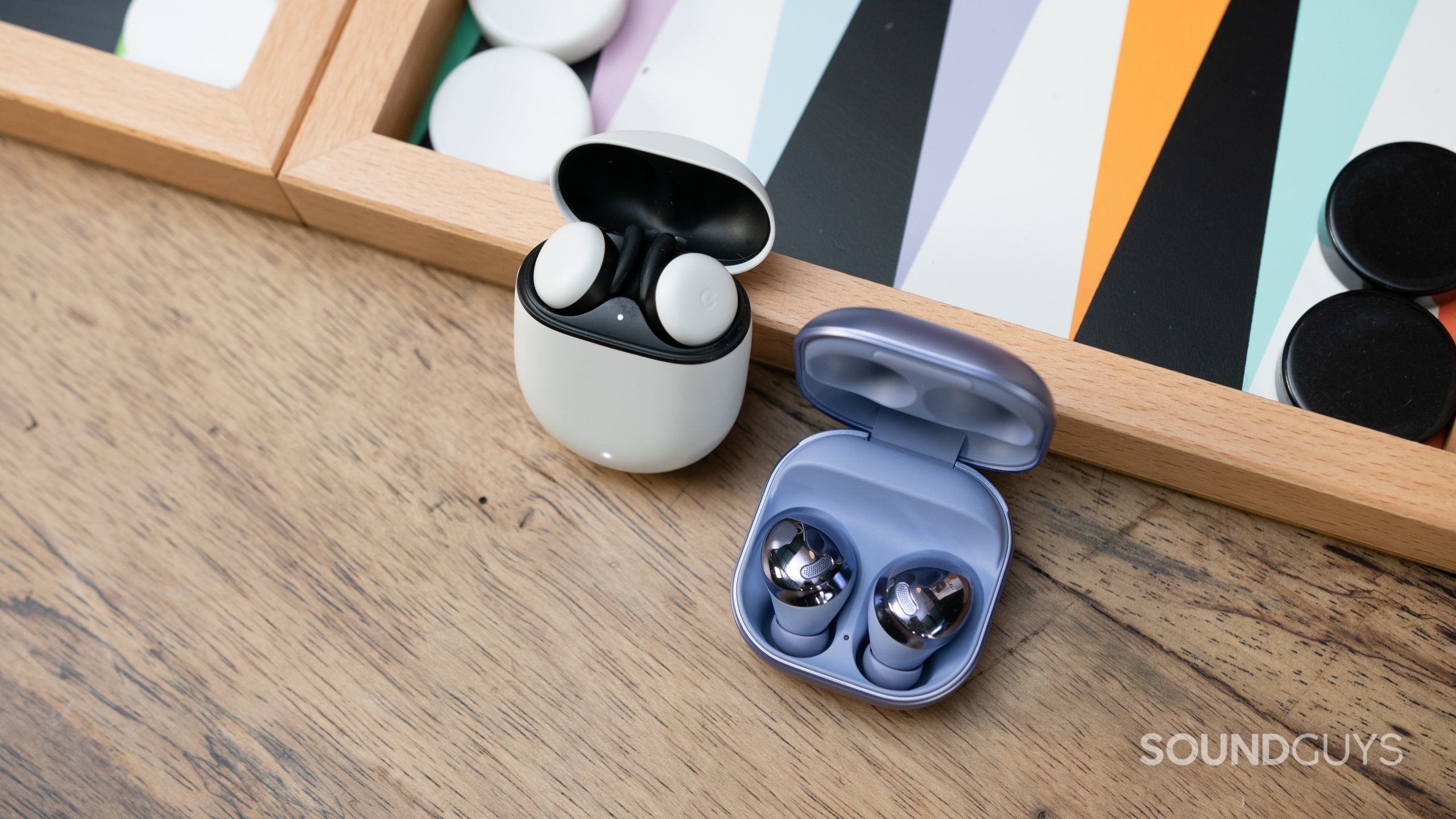
There are as many reasons to hate Bluetooth audio as there are to love it, but true wireless technology has improved rapidly over the years. There are even many great active noise canceling (ANC) true wireless earphones, and more affordable picks that accommodate $50 and $100 budgets. Still, true wireless earbuds have one fatal flaw: they’re not made to last for more than a few years because the small battery cells degrade very quickly. If you want an investment that really lasts, you need wired headphones, or earbuds with replaceable batteries or cables.
Athletes should get durable wireless earbuds
Whether you prefer to exercise in a community gym, at home, or at your neighborhood park, wireless earbuds are the most convenient way to keep you motivated. Wired earbuds are generally cheaper, but not everyone wants to run a cable under their shirt, or seal their phone in an armband.
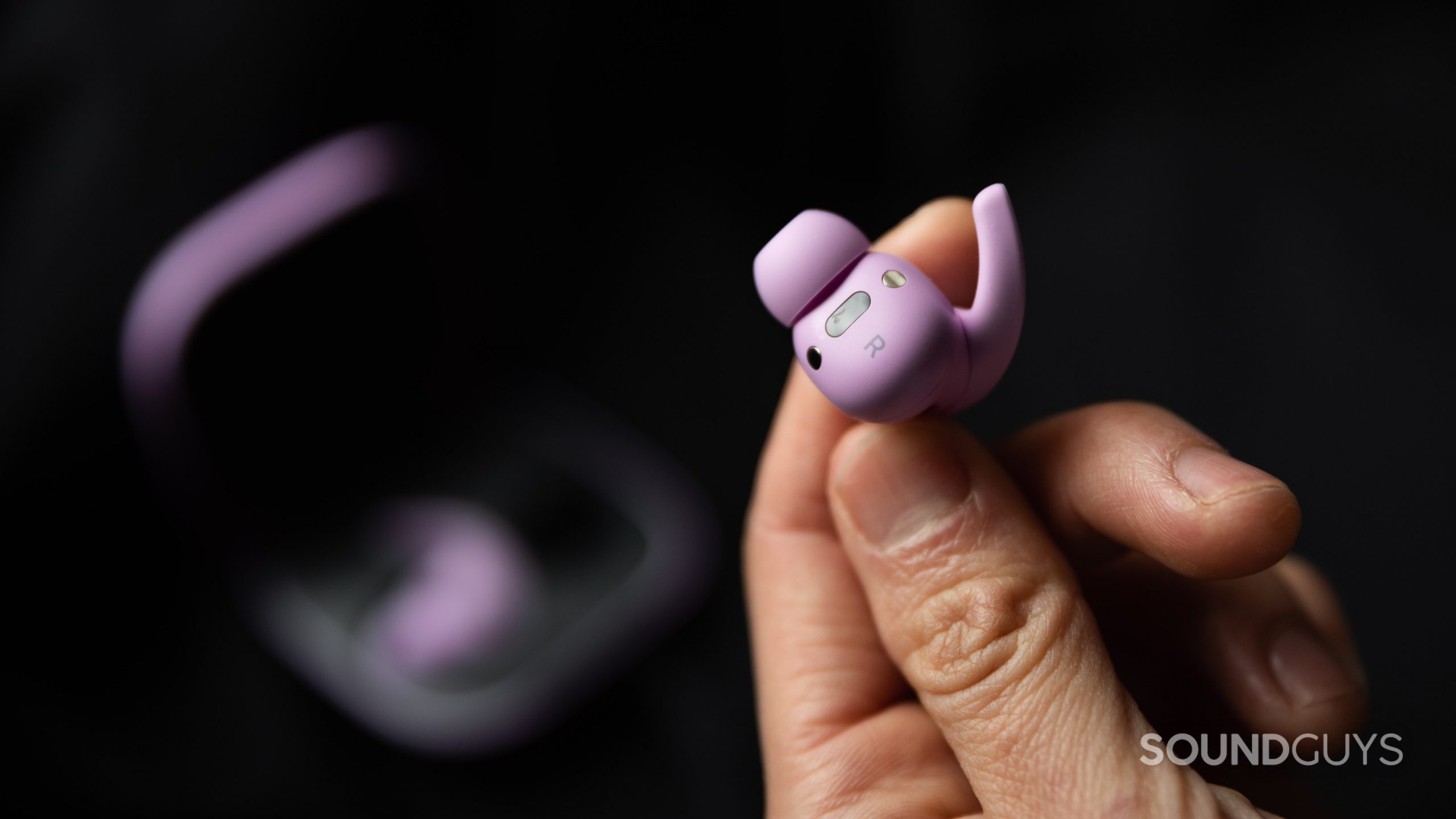
You should also look to find either a concha fin, or ear hook design for your workout buds. Vigorous movement has a tendency to dislodge tiny bits of unsecured plastic from your ears, so AirPods are also a poor choice to work out with. You want something that’s held in place, and not just by gravity.
Nearly all workout headsets have some form of sweat resistance, whether it’s a basic coating or a complete Ingress Protection rating (IP). The standard IP rating for workout in-ears is IPX4. Do not buy earbuds without this rating or below for workouts unless you accept the risk that your sweat will kill them. Other features to pay attention to are fast charging, a workout-friendly design with either wing tips or an ear hook shape, and operable controls—no one wants to interrupt their workout by fumbling around to skip tracks.
If you don’t want to do a ton of research, you can always check out our list of best true wireless workout earbuds. While you may still want to do some more digging after reading that article, at least you’ll have a better idea of where to look and why.
Keep things simple with wired earbuds
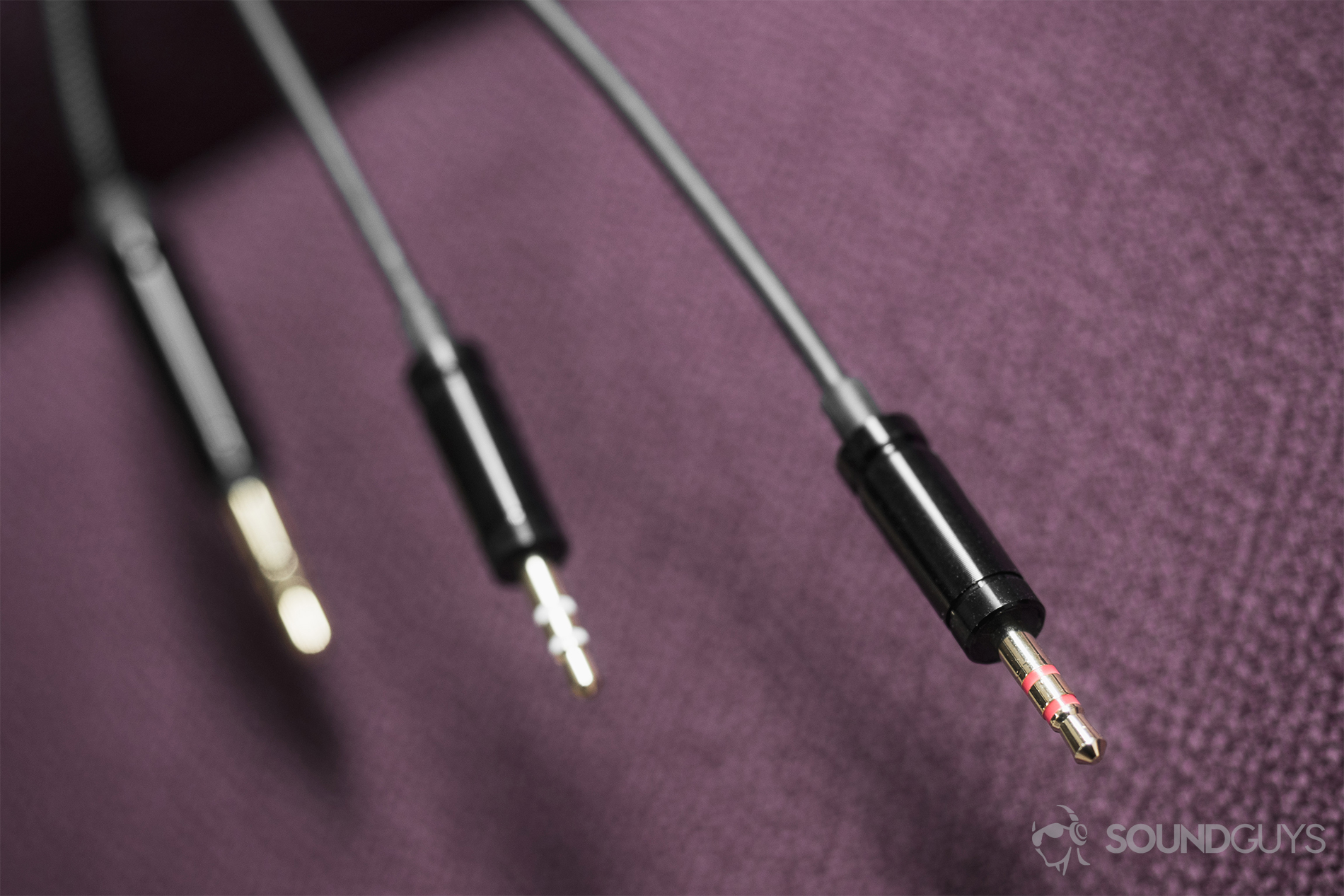
If you’re someone who loves wired more than anything, just pick up an Apple or Google dongle, and a set of wired earbuds. It’s easy to brush off wired earbuds as a thing of the past, but they’re a great grab-and-go option for anyone — especially now that there are so many inexpensive options that perform very well.
You can find great consumer-oriented wired earbuds for less than their Bluetooth counterparts, and you don’t have to worry about batteries or compatibility. At the very least, a pair of your favorite wired earbuds (and maybe a dongle) serve as a great backup option.
Audiophiles should pay attention to in-ear monitors
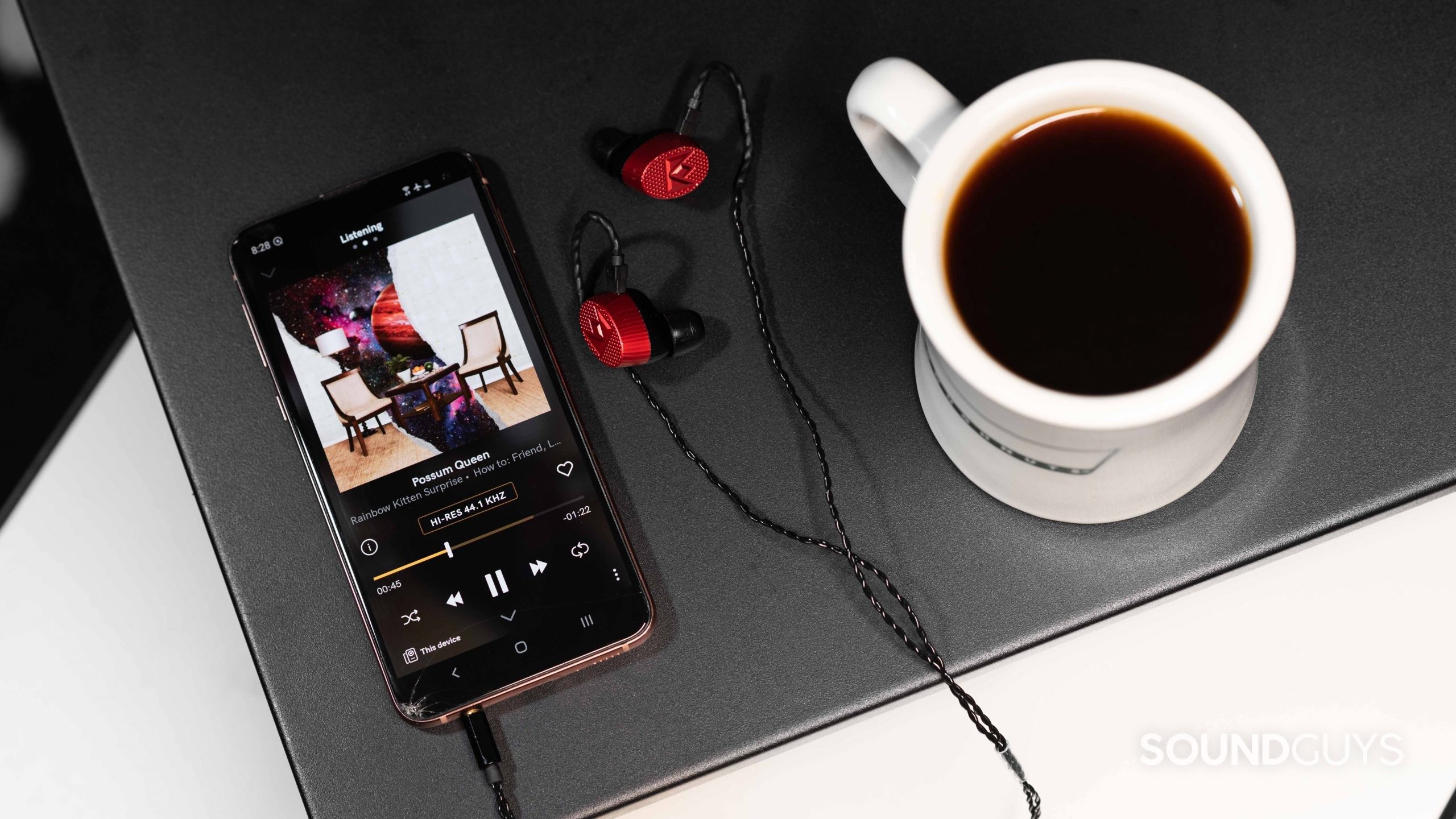
Wired playback is still king when it comes to audio quality, and there are plenty of specialized, expensive in-ear monitors (IEMs) for you to add to your wishlist. To get the most out of lossless audio from a music streaming service like Amazon Music HD, you need a wired connection. There’s plenty of snake oil when it comes to high-resolution audio products, you don’t have to spend a fortune on cables, DACs, or amps to get good audio.
Wired in-ear monitors are great for more than just audio enthusiasts. They’re also good for anyone who wants their earbuds to last for years to come. Virtually all IEMs include detachable cables (typically MMCX or 2-pin connectors), and it’s easy to replace a cable once it breaks or frays, rather than shell out for a completely new set of earphones — it’s also better for the environment.
Open earbuds are an interesting option if you don’t need ANC
If you spend a lot of time outside, or just need to be able to hear your surroundings, open earbuds that don’t occlude your ear are a good choice. Sure, there are some tradeoffs, but the open design has taken off lately, and offers better situational awareness than simply using a transparency mode.
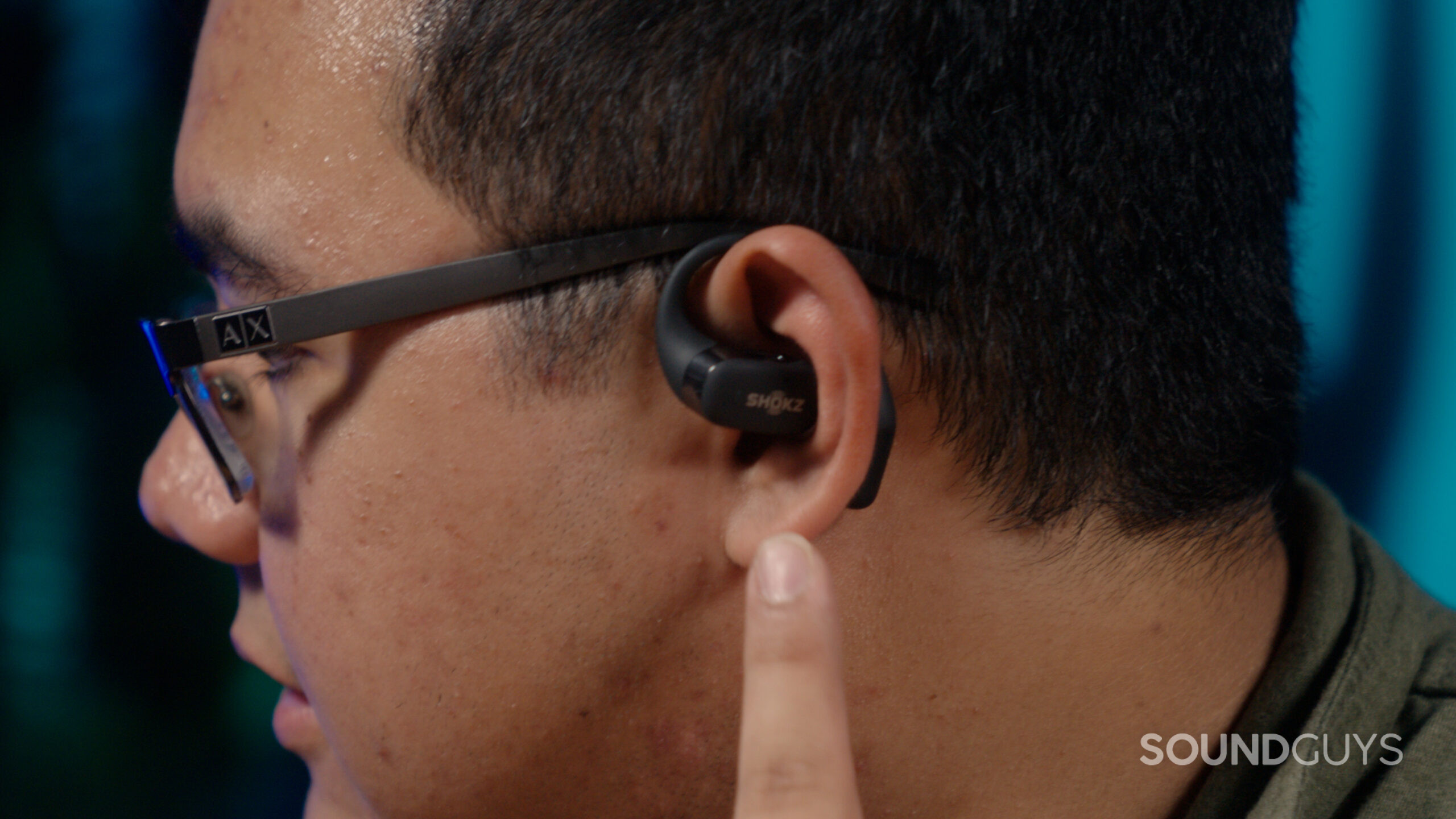
There are multiple ways that open earbuds get sound to your ear, but it’s probably more useful to think of these as mini speakers that are simply meant to sit near your ear canal. Unsealed and open earbuds both lack strong ANC for the most part, though that seems to be a feature that’s making its way into the category. However, the efficacy of an ANC unit is determined by fit and seal — which means that the level of noise attenuation won’t ever compete with the highest-end options on the market.
Loading chart ...
Additionally, it’s extremely hard to get high bass levels with this type of earbuds. Though some creative engineering may solve this in the future, you’re going to want to fight the urge to crank the volume up so you don’t expose your ears to too high of a sound pressure level.
Unsealed earbuds aren’t the same as open earbuds, come with tradeoffs
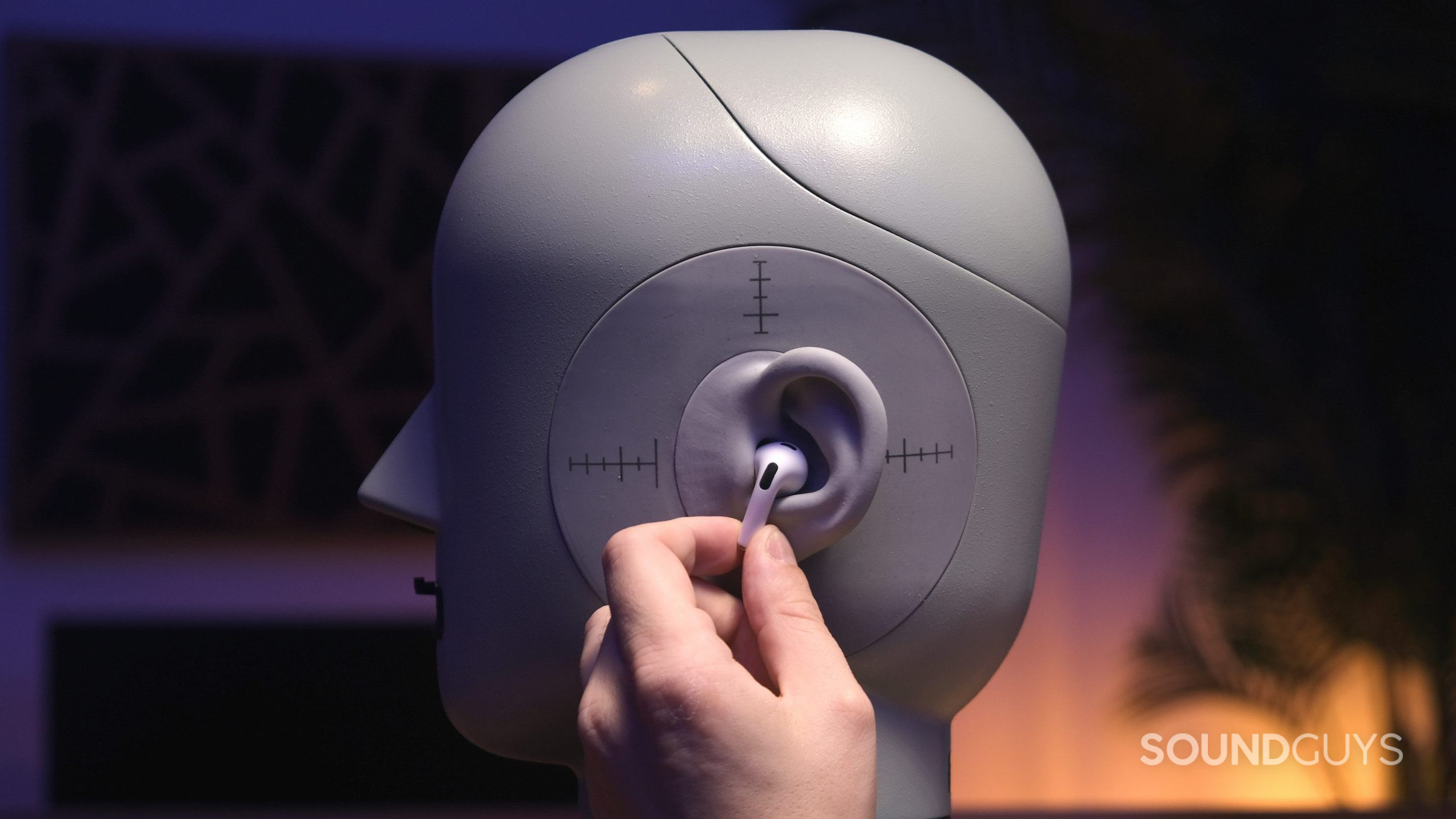
Unsealed earbuds like the AirPods occlude the ear a bit, so they’re not quite as good at allowing your surroundings in while also falling short of keeping unwanted noise out. Because there’s no ear tip, it’s much harder for these earbuds to stay in the ear without extra help. Sometimes, you may want to grab a fin or ear hook to help — or just buy a different product instead.
What features should you look out for?
Now that earbuds are assuming more and more duties from other gadgets, you might need to factor other features into your buying decisions. For example, many earbuds are now able to stand in as over-the-counter hearing aids. You may also want your earbuds to be able to pipe in announcements from venues like airports or sports matches, so you may need to buy earbuds with Auracast enabled. But the basics never change.
Wireless earbuds are only as good as their battery life
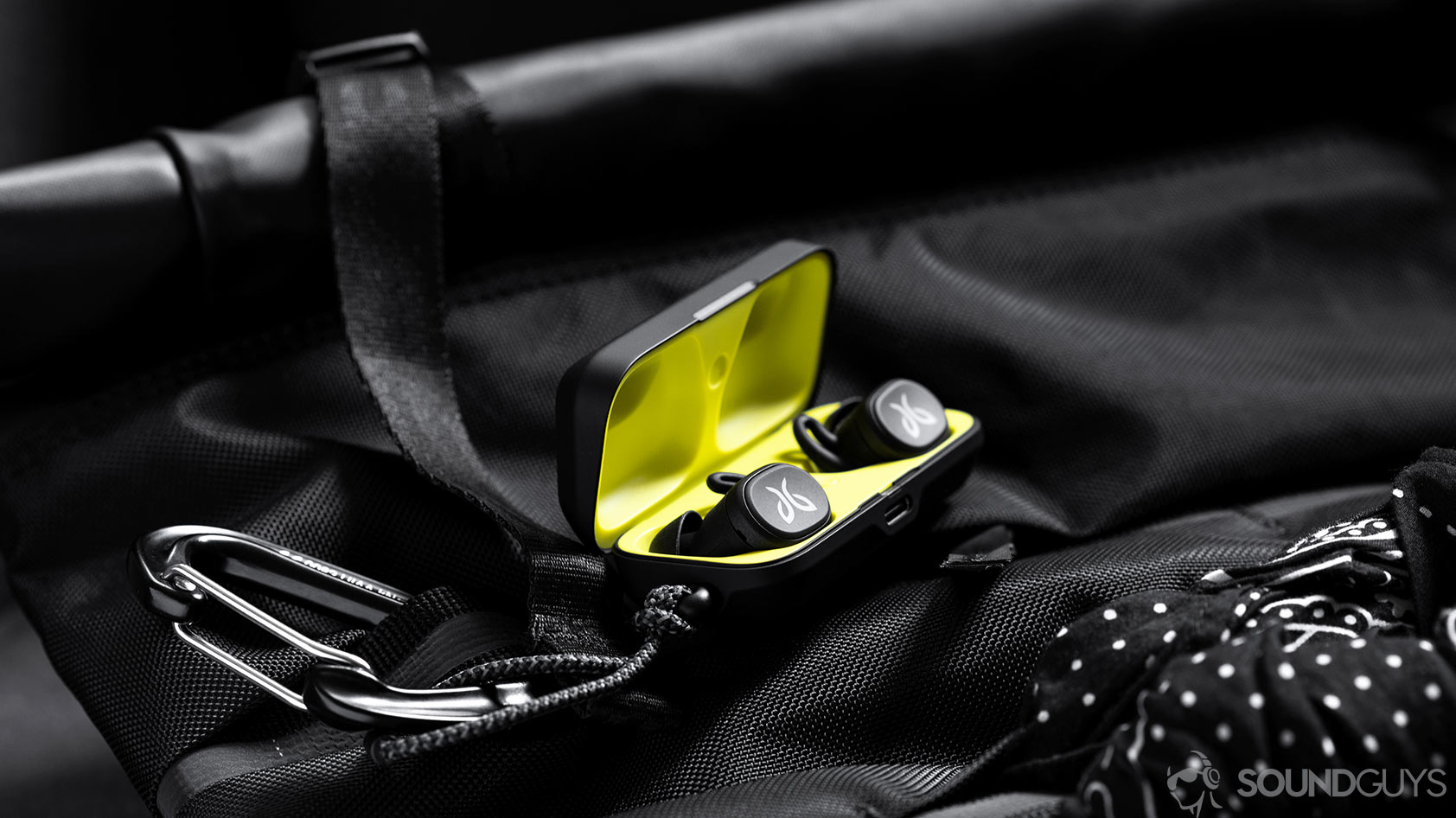
If you’re set on a pair of wired earbuds, you can skip this section. If you plan to get a pair of Bluetooth earbuds, you should pay close attention to battery life. Bluetooth earbuds that only last a few hours aren’t all too useful, but fortunately, most true wireless earbuds have at least a 4-hour battery life, and traditional wireless earbuds usually last at least 7 hours. Most wireless earbuds also feature some level of fast charging, which is a must-have feature for anyone who’s forgetful.
Another question to bear in mind as you find the right in-ears for you is how you charge the earbuds. Most modern wireless earbuds and their cases charge via USB-C, but some still use the outdated microUSB input, or worse yet: Lightning, which isn’t quite as bad as a completely proprietary dock (looking at you, Jaybird and Bose). Anyone with a bunch of wireless charging mats scattered around the apartment will likely prioritize true wireless earbuds with wireless charging cases.
Microphone quality matters if you plan to take hands-free calls
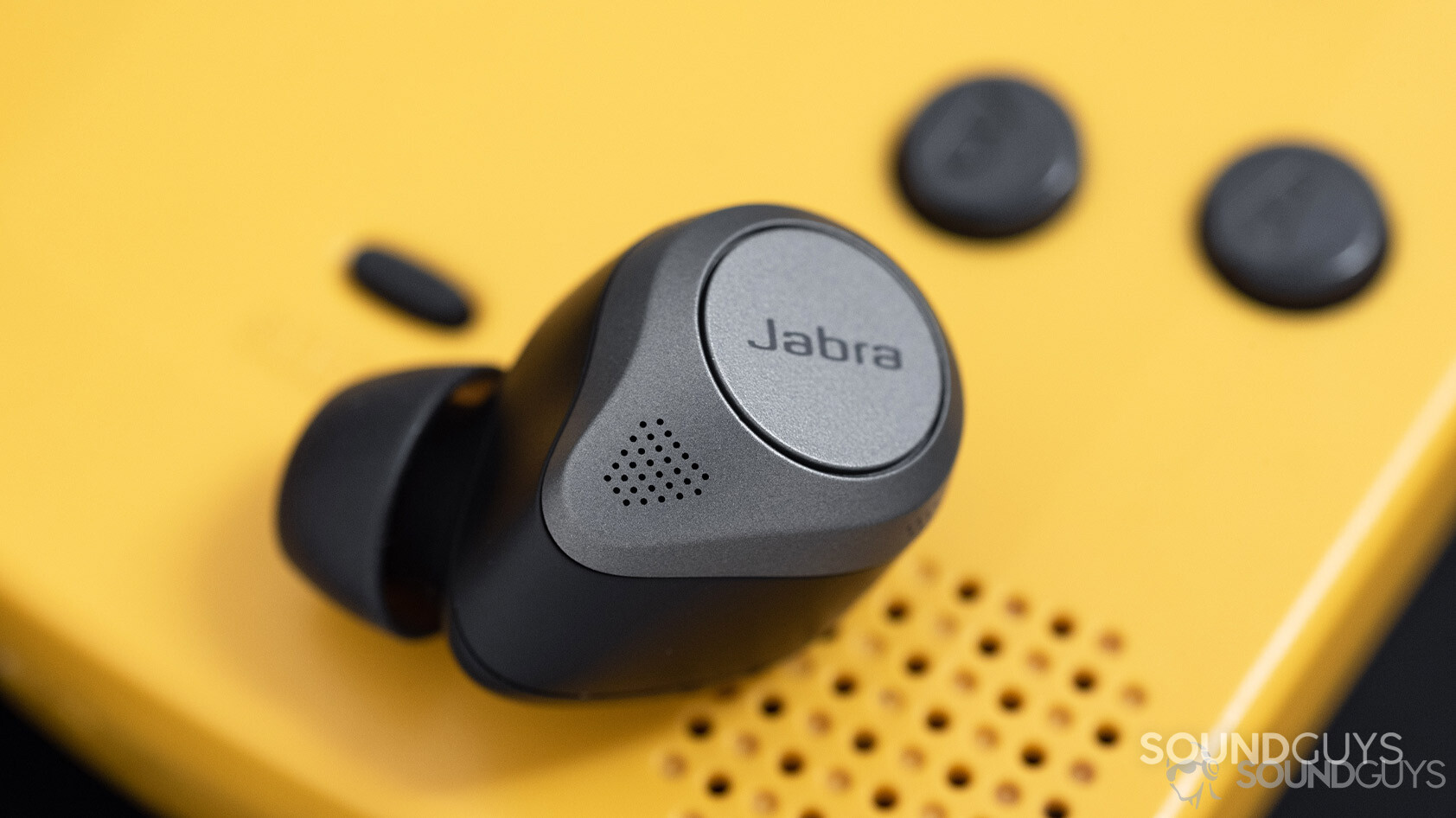
When people think of taking hands-free phone calls, they probably think of their favorite Bluetooth headphones, but Bluetooth earbuds have tiny embedded microphone systems too. The sound quality isn’t as good as a headset with a dedicated boom mic, but it will get the job done in a pinch. You can take a listen for yourself in any of our reviews so you can compare models.
Your phone will throw wrenches in the works
Though the days of wild back-and-forths between smartphone companies are long in the rear-view mirror, what smartphone you have will dictate your earbuds’ performance. For example, AirPods lose a lot of functionality when used with Android or Windows. Additionally, any earbuds that advertise aptX Lossless or Snapdragon Sound need hardware with a Snapdragon 8 Gen 2 or newer in order to work as advertised. And when the first few earbuds with XPAN show up, you’ll need a Snapdragon 8 Gen 3 or newer as well. It’s a bit complicated.
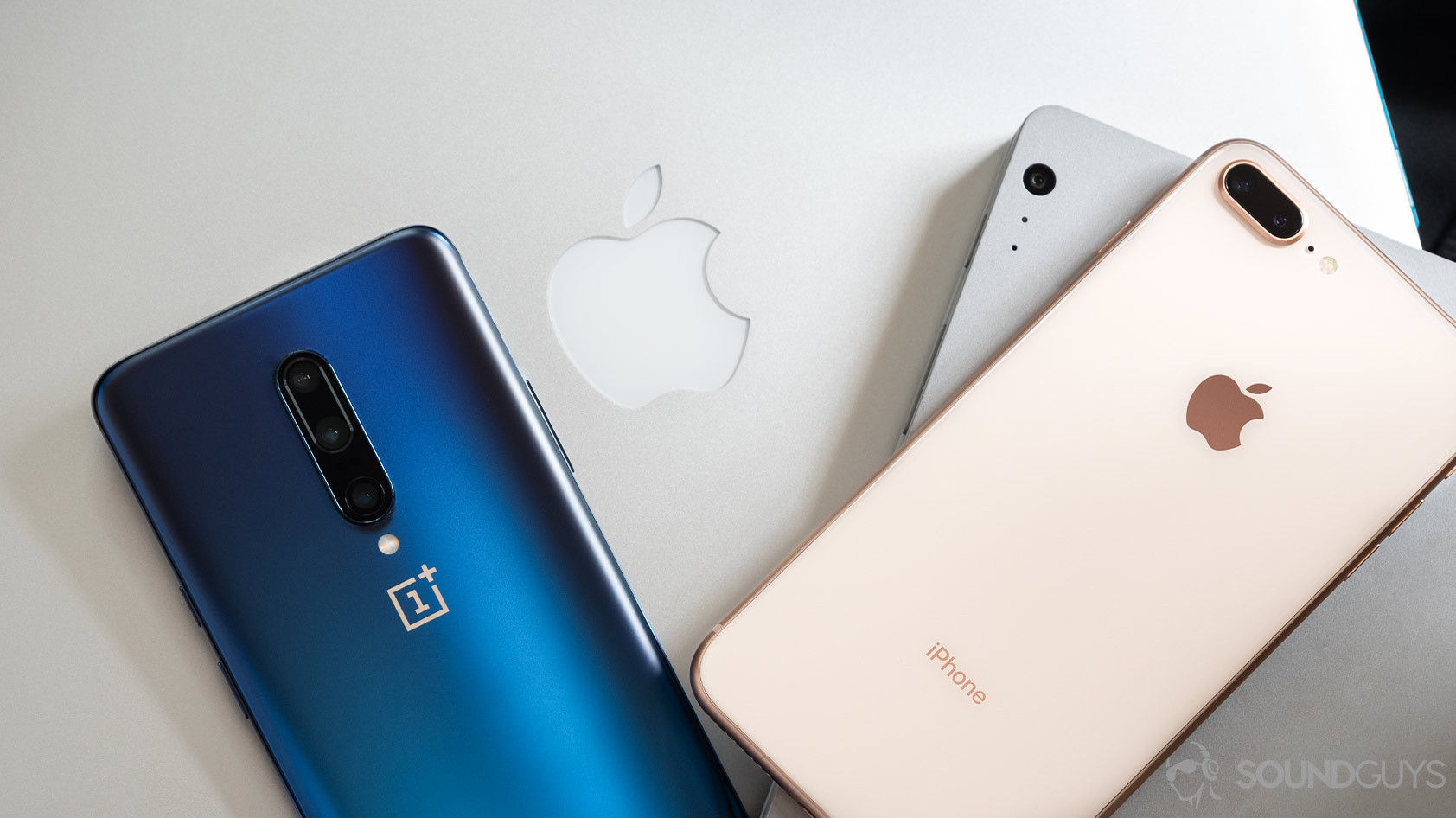
If you have an iPhone or other iOS device, you’ll also be limiting what codecs you can use. In layman’s terms, a Bluetooth codec is how your audio transfers from your smartphone to your wireless earbuds. Think of a Bluetooth codec as a language, and in order for the earbuds to receive the message from your phone, both devices must speak the same language. Though most Android phones can use most codecs, what your Windows PC can use is quite limited. Additionally, Apple devices primarily use AAC. Though the downsides to this have been left in the rear-view mirror, it may govern which earbuds you want to buy. Be sure to verify whether the features you want are supported by your phone before taking the plunge.
If you commute or fly often, you should save for noise canceling earbuds
Noise canceling earbuds can be expensive, but frequent flyers and daily commuters know the value of a quiet ride. ANC earbuds come in a variety of forms, from neckbuds to true wireless earbuds. Unfortunately, effective noise canceling technology isn’t something you can cheap out on. If you really want to hear a difference during your morning train ride, you should be ready to invest.
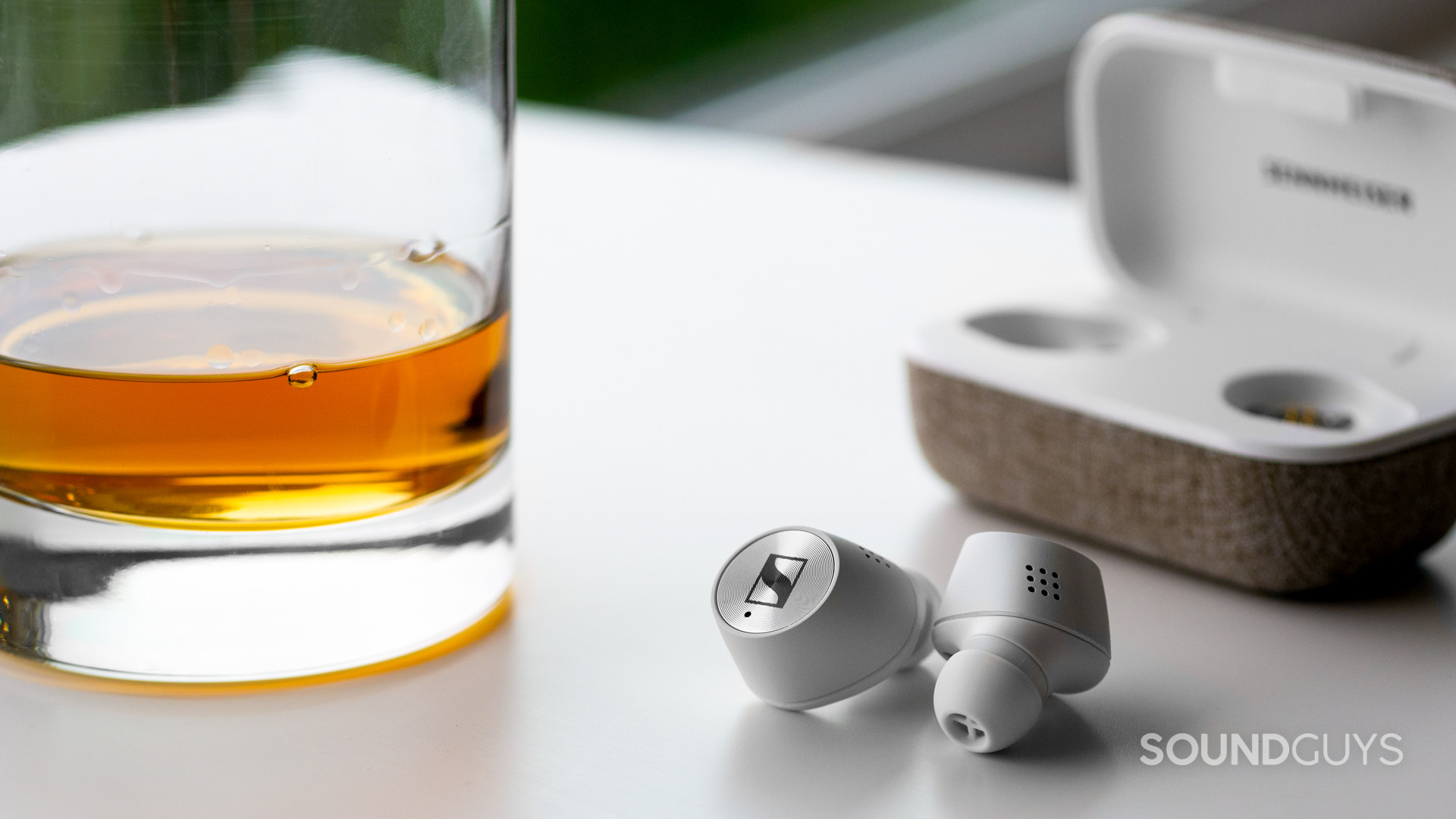
Just be aware that how effective each set of earbuds is can vary a lot. You can use either our objective scoring or our charts to compare models, and decide what’s right for you. If something is able to cancel out more than 70% of our test signal’s power, that’s typically in the “good enough” territory. Though it might be tempting to grab something that cancels out most noise out there, we’re seeing that people increasingly want to be able to hear certain sounds — making the whole issue… complicated.
Different sounds for different folks
Most headphones and earbuds’ frequency responses range from 20Hz-20kHz, and these numbers aren’t random: it’s the accepted threshold of human hearing. This range doesn’t tell you about how the headset actually sounds, though, as it only informs you of what frequencies the drivers inside are able to recreate. If you want to get a better understanding of how your earbuds will sound, you need to look at some charts.
Though we have our own idea of what constitutes “good sound,” what you want might vary. For example, commuters will want a little more bass bump to drown out engine noise, and critical listeners at home tend to fall into different preference categories. It’s all a matter of taste, but sometimes these differences in preference are predictable.
Thank you for being part of our community. Read our Comment Policy before posting.